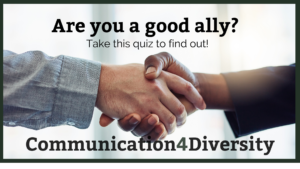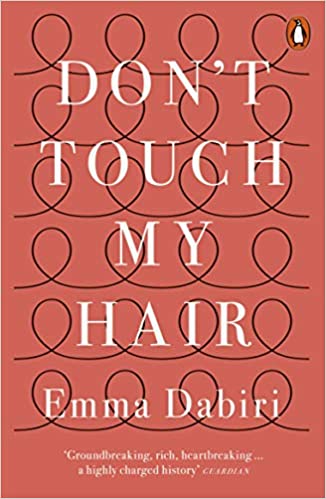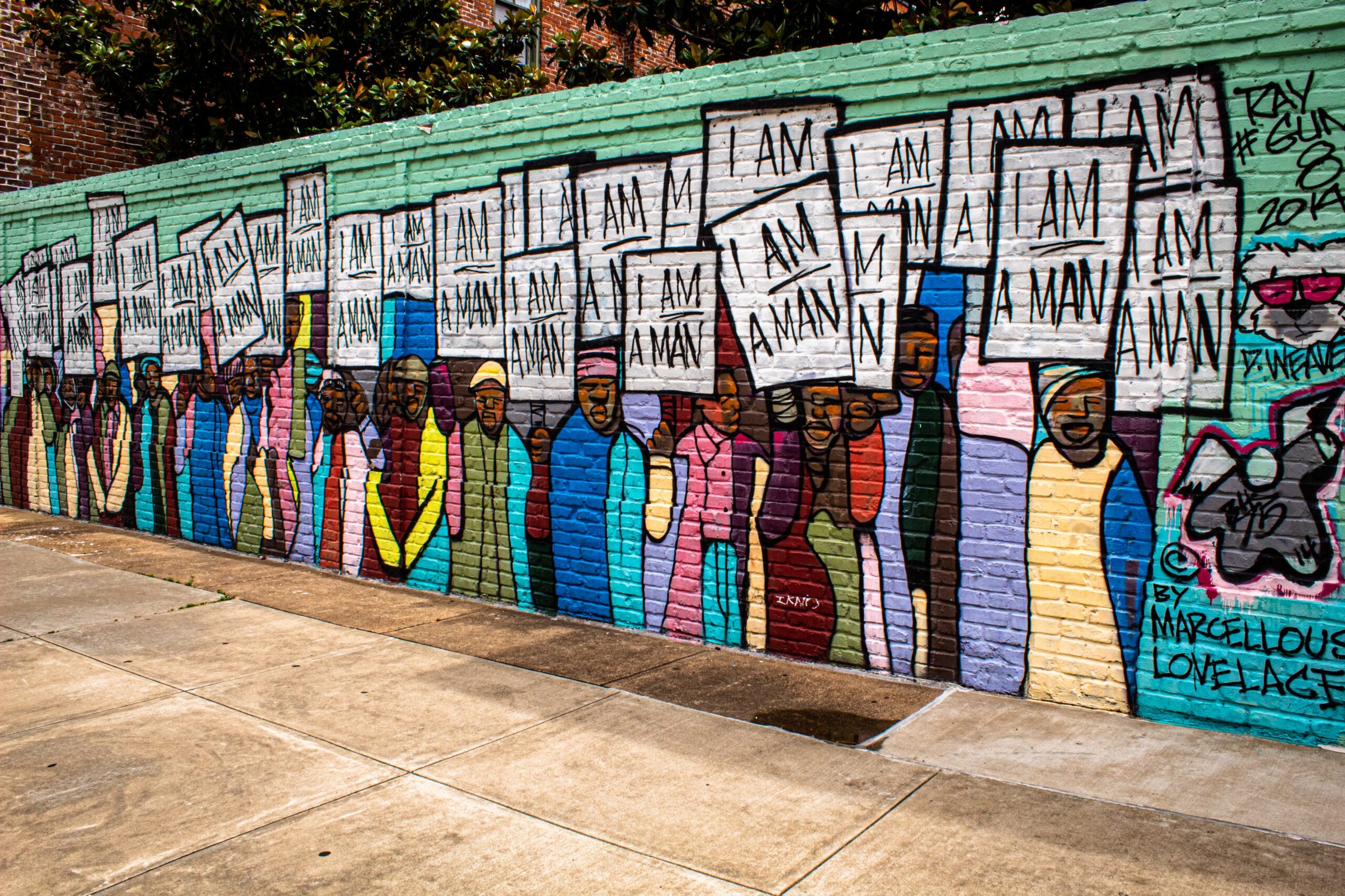I realised after writing this initial post that it did not include enough LGBT+ voices – only one out of three quoted. I have read a lot of literature concerning race and concerning the position of women, but I realised on writing this that I have not read enough LGBT+ voices. I have started to rectify that and I could just edit the original post to include more. However, for allyship to work, we have to be willing to share our mistakes so for full transparency I am leaving the original post as is and am including further quotes.
+As we move into Pride month and social media is awash with images of rainbows, it is a good time to ask what genuine allyship actually is. Is it enough to stick a rainbow filter on top of your normal profile picture and have done with it? Clearly no. So what does genuine allyship actually require of you?
Performative allyship
In Me and White Supremacy by Layla Saad, one of the signs to her that an act of allyship is optical or performative is if “The act of allyship creates the look of diversity and inclusion but does not come with any change at a deeper level though policy change, commitment to antiracism education, transfer of benefits or privilege, etc. The act of allyship is symbolic but not substantive.” At the moment, when I look inside myself, I cannot genuinely claim that I am doing enough to effect change at a deeper level for the LGBT+ community, to justify any rainbows on my social media this month.
A few years ago I took part in the Pride March in Bournemouth with other members of my Quaker meeting. Of the 6 of us marching, all were women, 2 were lesbians and the rest straight. I found the experience really moving and as the atmosphere of celebration grew, I started to feel on a deeper level why such marches are so important, how far we have come and how far we still have to go. However, I do remember feeling some discomfort that people would think that I was gay. I feel quite embarrassed now to admit that, and I think it is really important to tell the truth about those feelings.
After the march I attended a friend’s baby naming ceremony with a good friend of mine, let’s call her K. K and I sat at a table with a lesbian couple we had just met, and we were discussing whether or not the couple were planning to have children and the difficulty of making space in your life for small children. I said that I don’t have any and K’s son is in his 20s so we don’t have to worry about that. I was instantly aware that it sounded as if K and I were a couple. In this context, it didn’t bother me at all that this new couple might think that K and I were lesbians. So what is the difference?
As a female truck driver, the assumption among some people (although this number is thankfully shrinking rapidly) is often that I must be gay and I have found myself subtly mentioning former boyfriends just to clear things up. Added to that, I occasionally fancy women, not as often or as deeply as I fancy men, but sometimes, as many women who identify as straight do. Coupled with the assumptions about female truck drivers, in insecure moments I wonder whether I have got myself wrong, whether I am kidding myself that I am straight, and whether I might be happier with women. Marching among the LGBT+ community through the streets of my home town brought these insecurities to the surface again.
That is the point: when you publicly stand up for others, it throws up your own insecurities.
Staying within your own demographic and not standing up for those of a different one, is a place of safety. You don’t have to be confronted with your own insecurities, or your own prejudices. Sitting with the lesbian couple at the party, I had no insecurity in that situation because I know that K and I are not in a relationship and don’t want to be. Allyship for me is being open to noticing those uncomfortable, squirmy feelings and finding a way to process them and learn from them.
Moving from allyship to coalition
“What are the words you do not yet have? What do you need to say? What are the tyrannies you swallow day by day and attempt to make your own, until you will sicken and die of them still in silence?” Audre Lorde, The Transformation of Silence into Language and Action.
As Matthew Todd says in his book Straight Jacket, “Lesbians, gay, bisexual and transgender people are brothers, sisters, sons, daughters, aunts, uncles, cousins – and nothing anyone does can change that. And that means this isn’t just our fight.”
Emma Dabiri’s book What White People Can Do Next is subtitled “From allyship to coalition”, so what does coalition look like in the area of sexual identity? Gay people and straight people working together to dismantle systems of oppression. It comes with the recognition not just that straight people have privilege that gay people don’t always have, but also with the recognition that that is also damaging to straight people. It is a recognition that these rules, these structures stop all of us from living in our fullness. The rule which states that gay is ‘other’ stops me from being at peace with fancying whomever I fancy. “Recognizing that this shit is killing you too” (Emma Dabiri quoting Fred Moten) – that is essentially what coalition is. Coalition is working together towards a world where ‘gay’ is no longer an insult and the notion of ‘coming out’ is obsolete because the acceptance of the multiplicity of sexuality would be the norm.
In the meantime we can continue to listen to the voices of the marginalised and show up, even if it hurts.
BBC6Music has had some amazing programmes on for their Loud and Proud season.
Check out my latest course and see where your blindspots are:





